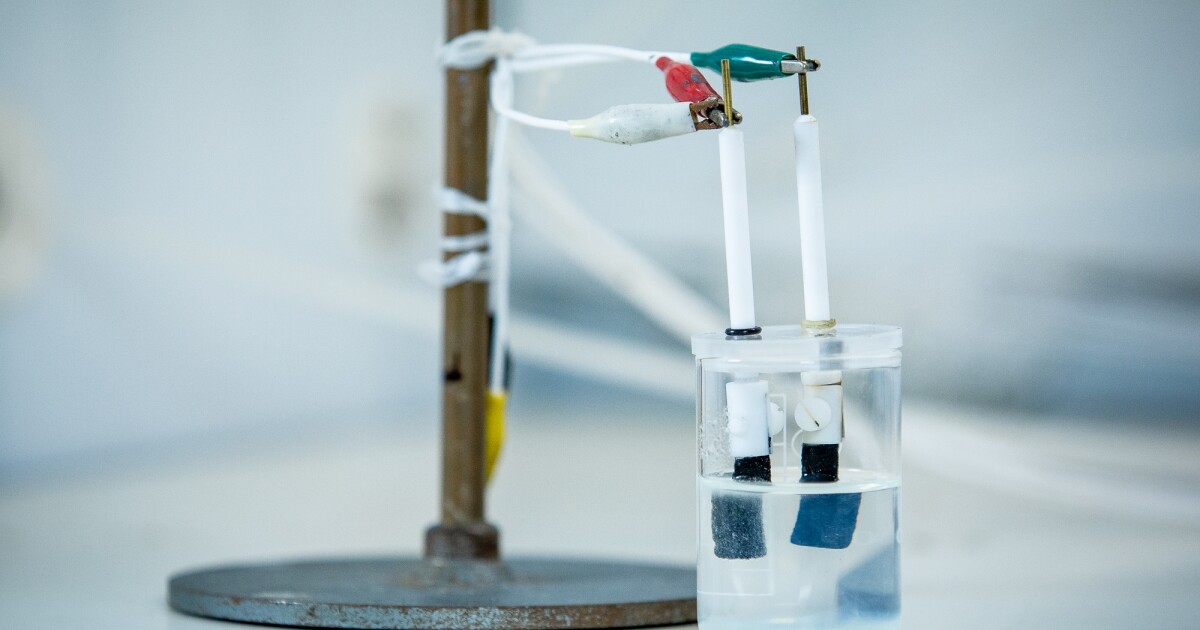Unlocking the Potential of Sea Water Electrolysis for Green Hydrogen: Advantages over Desalination and Integration with Offshore Wind and Solar Projects

Sea water electrolysis is a promising technology for producing green hydrogen, which is an essential component of the transition to a low-carbon economy. The process of sea water electrolysis involves using renewable energy sources to split water molecules into hydrogen and oxygen, with the seawater acting as an electrolyte.
One of the main advantages of sea water electrolysis over desalinated water electrolysis is the fact that it utilizes seawater, which is abundant and widely available, and therefore, less expensive to source. This means that sea water electrolysis can be carried out in coastal regions, where offshore wind and solar power projects can be integrated. This integration can significantly reduce transportation and distribution costs, which can make green hydrogen more affordable and accessible.
Another key advantage of sea water electrolysis is its potential to be scaled up. The vast amounts of seawater available mean that this technology can be expanded to meet the increasing demand for green hydrogen. This can help to reduce reliance on fossil fuels and mitigate the effects of climate change.
In addition to these benefits, sea water electrolysis can also be carried out using renewable energy sources, which are carbon-neutral and environmentally friendly. This can help to reduce the carbon footprint of the hydrogen production process and contribute to the decarbonization of the energy sector.
Overall, sea water electrolysis is a promising technology that offers several advantages over desalinated water electrolysis. Its potential to connect with offshore wind and solar projects means that it has the potential to contribute significantly to the production of green hydrogen and the transition to a low-carbon economy. As research and development in this area continue, it is likely that we will see more widespread adoption of this technology in the coming years.
Related News:


